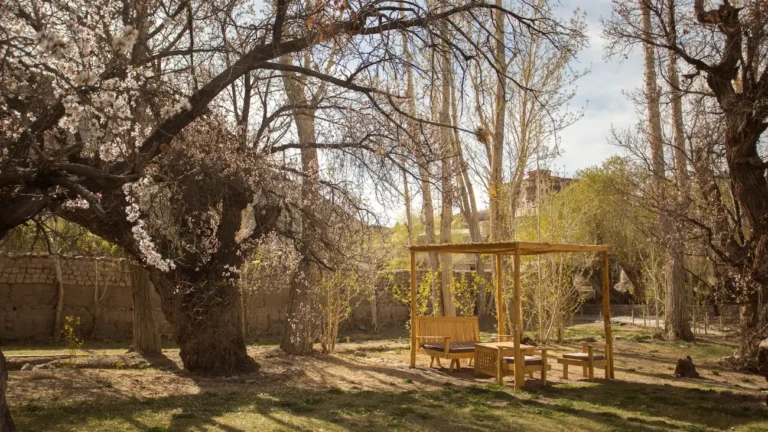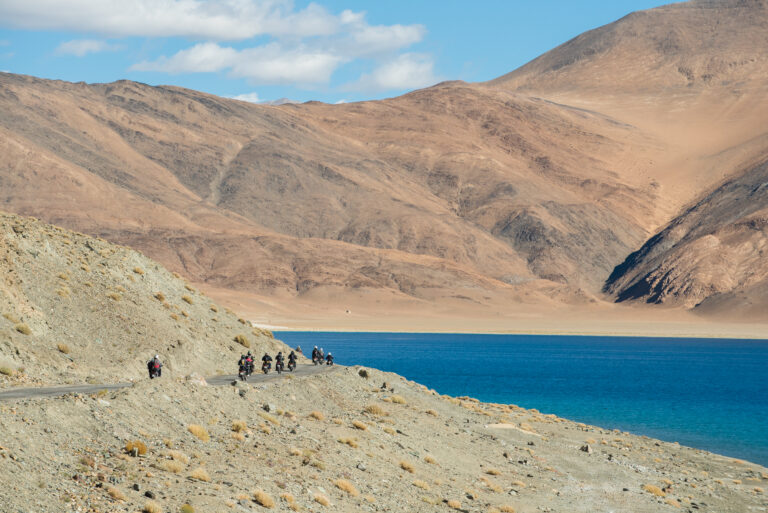The first impression as a traveller that you get once you reach Ladakh for the first time is the strong influence of Tibetan culture that Ladakh has. But as you spend a greater amount of time in Ladakh, you understand that it has a deep, diverse and fascinating culture. The demography of Ladakh has played a strong role in shaping the culture that exists today. Stok Palace became the home of King Tsepal Namgyal, the ruler of Ladakh, whose palace was invaded by Dogra forces and is now a heritage hotel in Ladakh.
Understanding the Geography of Ladakh:
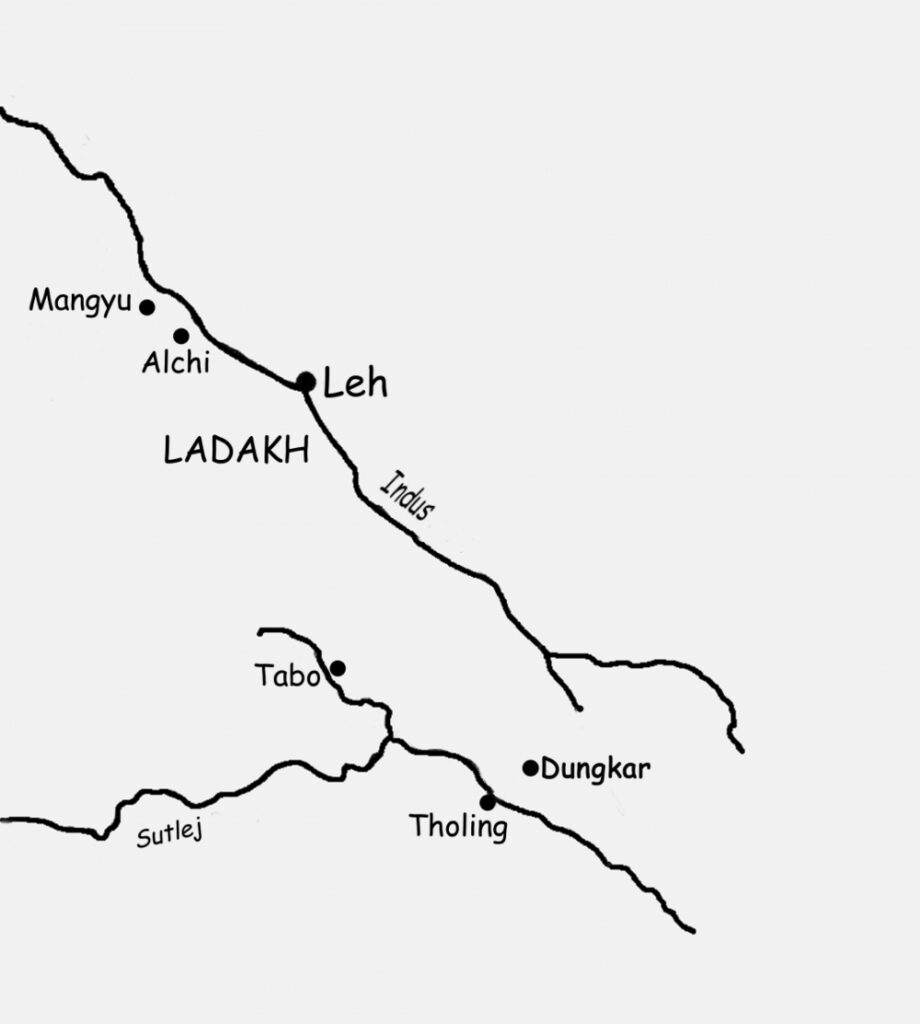
Ladakh is a Union Territory in the Western Himalayas and is bounded by the Karakoram Mountain range in the northwest and by the Himalayas in the south. Despite the natural barriers, Ladakh has several passes and land routes that have made the region accessible to the outside world for a long time. Its closest Neighbours are Tibet in the east, Kashmir in the south, Pakistan in the west, and to the north over the Karakoram passes lies Xinjiang, a part of China.
Ladakh has always had trading and military contacts with the border regions, and the land routes have served as a medium through which artistic and cultural influences were exchanged. Buddhism was first introduced in the Tibetan Empire in the 7th century and established in the Ladakh region at the latest in the 8th century and around the same time the Tibetan Language was also introduced. However, there was something called ‘First Diffusion’ of Buddhism in Tibet, where Buddhism lost support in Ladakh and then it was reintroduced later in the 10th century and found a permanent toehold.
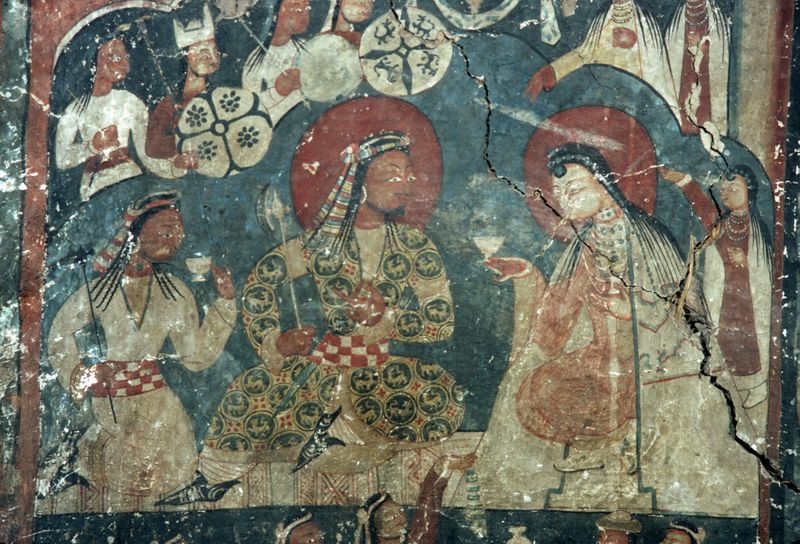
Understanding the Influence on Art in Ladakh:
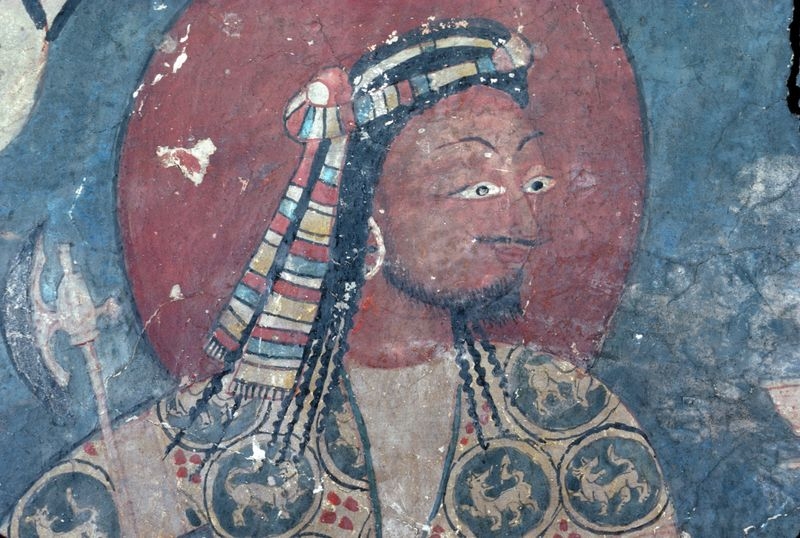
The art- historically important mural paintings reveal a complex legacy reflective of the diverse cross-cultural influences on Ladakh.
The Alchi Chos Khor is one of the monastic complexes that consist of six temples and is at the heart of a mid-size eponymous village. Historically the first kind of murals are perhaps in the earliest temple on the site, the Dukhang (the Assembly Hall), which dates back to the first half of the 11th century, and in the slightly later Sumtsek.
As the written sources for Ladakh’s early medieval history, the secular murals at Alchi are important. ‘Royal Drinking Scene’ a painting depicts a man and a woman, in which the woman is offering a drinking vessel to a man who is seated in the centre, and a kneeling man on the right t the man in centre holds a cup. The lower part of the drinking scene depicts more men, some of whom are armed. The portrayal of drinking scenes in the paintings at Alchi has a specific cultural meaning in the history of the region.
Certain aspects of the illustration of the ‘Royal Drinking Scene’ are unknown in Tibetan artistic representation, but their references can be found in Turkic and Turko-Islamic cultures. Turkic literary texts attest to a long tradition of cup rites during feasts and marriage ceremonies, and women with hennaed hands are mentioned in connection with a marriage feast in the Turkic epic Dede Korkut which was compiled during the 15th century from the much earlier pre-Islamic oral tradition of the nomadic Turks from the steppes.
Hunting, cuprites and feasts do not form part of the artistic representation with respect to Tibetan temples and art generally. These relate to court life and, essentially, portray the power of the ruler in a courtly setting. These princely themes are commonly found in Islamic arts although their origins are in pre-Islamic Iran.
Ladakh and Guge-Purang previously formed independent kingdoms and are now part of separate nation-states, but are collectively referred to as western Tibet in the cultural sense.
Although Tibetan written sources offer no evidence for cup rites, the Tibetan legendary epic Gesar refers to cuprite on the occasion of the enthronement of Gesar when he is offered a drink of pure nectar by his fiancée.
Although Stok Palace was built much later, you can still find the Tibetan influence in the art you find in the Palace. You can choose to stay at Stok Palace, our heritage hotel in Ladakh with rooms decorated in the old Tibetan style.
